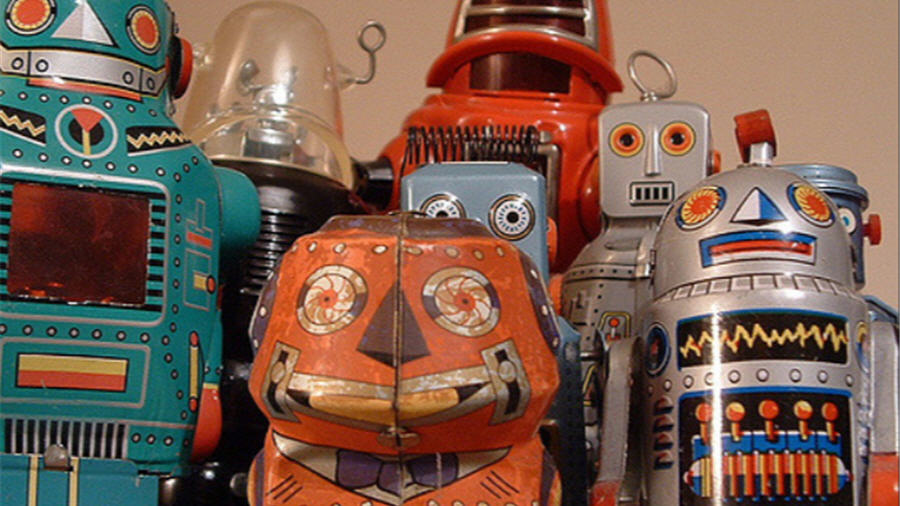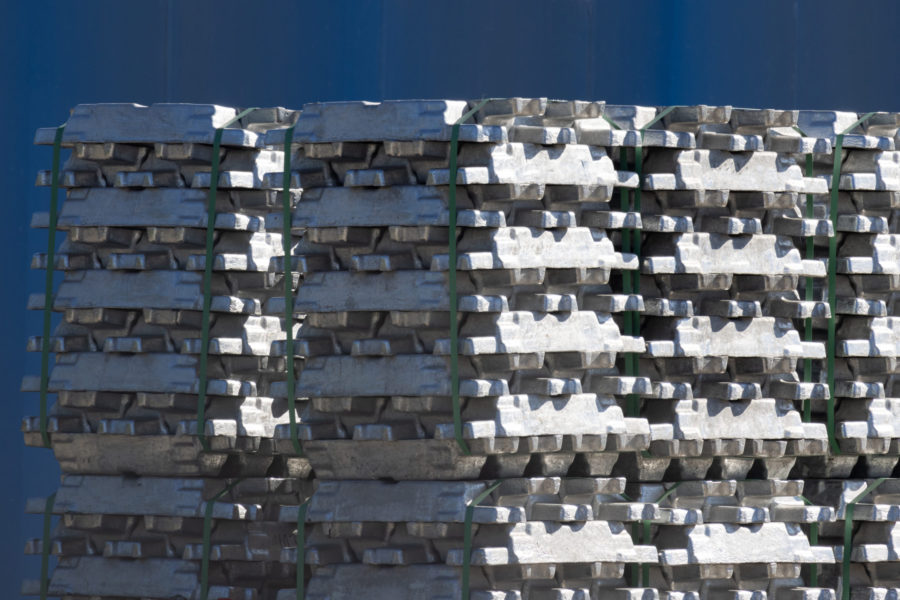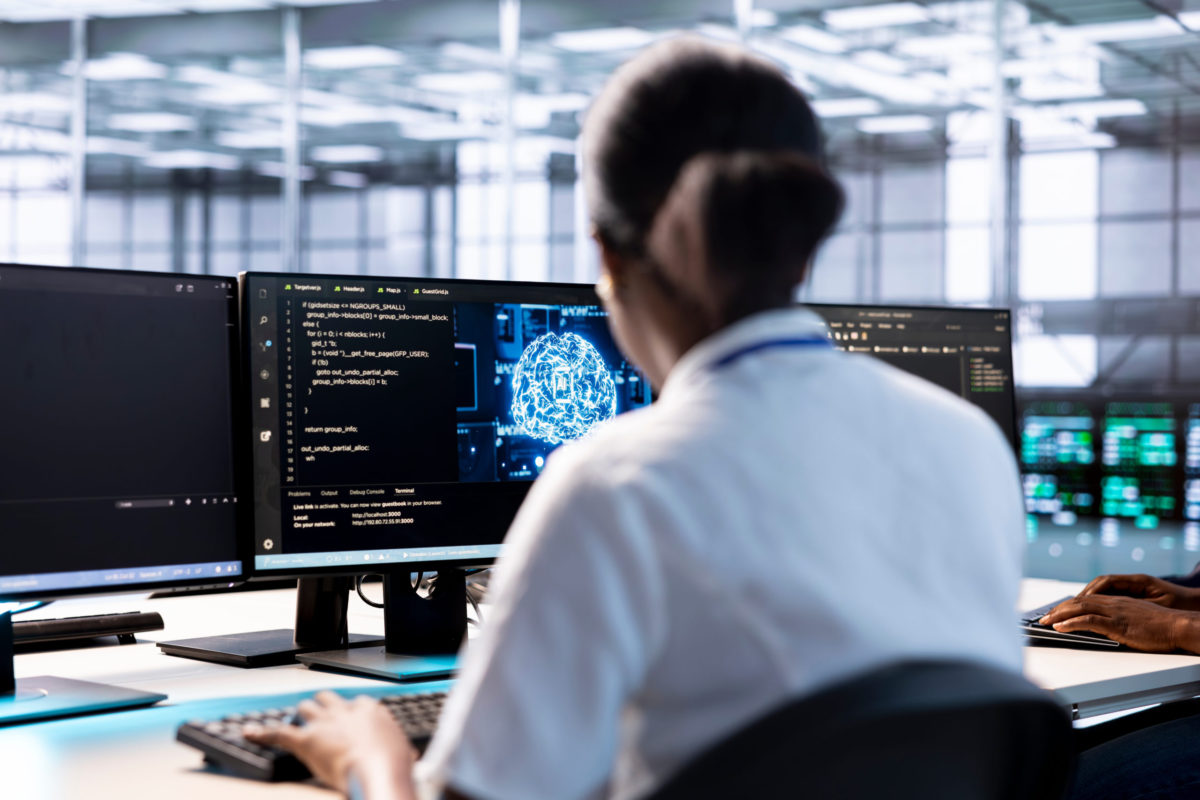Mine workers must embrace technology to use it successfully

The best new technology workers are the people who embrace it, says Mark Fawcett, a Partner at IBM and leading the effort to take artifical intelligence services to mining companies.
Watson is IBM’s artificial intelligent service that helps businesses independently model large data sets more efficiently. IBM not only sells the technology but helps mining companies train and transition staff.
“The most important thing is a worker’s attitude,” said Fawcett in an interview with MINING.com in April discussing what workers will transition to .
“If a person understands that the technology can be a potentially differentiating, they’ll do exceptionally well. It’s just the ability of the worker to understand that the technology can help.”
The mining industry is a late-comer to AI adoption. IBM has worked in industries like aerospace, medicine and oil and gas but IBM’s mining business has increased and the company recently established an office in Calgary devoted to the industry.
Interview with Mark Fawcett is edited for clarity.
MINING.com: What is Watson?
Mark Fawcett: When people hear Watson everybody thinks of the Jeopardy game. We had an artificial intelligence program that went out, and Jeopardy was our grand unveiling. We took the two people that were all-time winners from Jeopardy and had them compete against the Watson computer. Watson won, so I guess it’s good for us. From that we tried to find an industry where Watson can play, so we got into the cancer field where we continue to be successful in terms of diagnosis and being able to provide alternate recommendations. We can actually go in and give a recommendation based upon an individual’s cancer attributes. Now we can transition into other fields like financials and mining.
MINING.com: What has the transition been like from medical into natural resources?
Mark Fawcett: It’s been fairly smooth, actually. It’s because everything revolves around analyzing and interpreting data. Now that we know how to bring in the data and can look for patterns, it’s been pretty seamless. The biggest challenge that we faced candidly is when we go into organizations – it’s the end of the operations people, or it’s the end of the geologists, or it’s the end of whichever we’re going after. Our system does not make the decision. The expert makes a decision whether it’s the geologist, operations person, whoever. But they make the decision with significantly better data, information, and recommended courses of actions.
MINING.com: Can you give me a vanilla implementation of how it might work, just so we understand how the system would work or what impact it would have?
Mark Fawcett: Let’s use the Goldcorp example. Every aspect of their data from their drill database test-set, their block models, anything that was related to drilling and exploration that a geologist used – we went and got all of their data and put it into what we call a Watson Data Platform, which normalized all the data. Once the system has access to it, our data scientists tell us what they’ll be using the data for so we can collaborate to build algorithms for querying the data. Then, we bring those results back to see if it’s what we’re looking for. It’s sort of like fine-tuning a car. You tune it up and then it goes back and does it again. That’s what we call learning. That’s what Watson is doing through the learning process. When we’re doing this, it goes back and it never forgets. What happens is the predictability and the reliability of the data increases with each iteration which is really exciting.
Then if you look to the future we’ve got a technology coming called Watson Debater. I think this is pretty exciting because what it does now is Watson will debate you on your decisions. Let’s say you’re a stock financial analyst and you believe that Google is going to go to three thousand dollars a share. Watson will go and pull the data that supports and doesn’t support your decision. It will challenge your decision based upon that data. Within the next year it’ll be here.
MINING.com: How does the regular user interface work? Is that something that IBM adjusts or is that something that Goldcorp is doing?
Mark Fawcett: I think because it’s relatively new, it’s something that that IBM does. But it’s not something that’s exclusive. The reason why we’re customizing the interface is because it’s fairly new and we have that expertise. But you’re seeing a lot of organizations, for example the financial sector and the insurance sector. They have the data scientists in their organizations today. You’ll see a data scientist within Goldcorp within the next year, and you’ll see data scientists start to proliferate because you’re going to need them in order to say, “Well maybe there’s something unique and I want to build an algorithm on that I can run!” And then they’ll go and do that on their own. So they’re relying on us today but I don’t think is something that they’ll put on us forever.
MINING.com: What is the artificial intelligence component of it?
Mark Fawcett: It’s looking for similarities and trends in the data. It’s looking for commonality and being able to look for patterns that that are repeatable, because if there’s this geological formation with a certain aspect to it, we know that potentially there’s gold out there. If we see the same pattern in a different area we’re exploring, there’s a high probability that it’s gold.
MINING.com: Can you talk about the learning process? How are the geologists working with Watson so Watson becomes smarter?
Mark Fawcett: Let’s say Watson finds a high probability that there’s gold in its model. What the geologist does is drill and determine if the results yield gold. Based upon those results, the model gets trained for accuracy and then it’ll go off and look for other trends in different places and bring all that forward. All it’s looking for are patterns so bias gets removed. Watson is potentially able to find new areas and new opportunities.
MINING.com: How come the focus is on the geology side? What about other aspects of a mine, like monitoring equipment?
Mark Fawcett: That’s a great point. Watson is strong on the operations side. We can stream all the data off the large Caterpillar or Komatsu trucks and feed that in. Based upon prediction models we can have an idea of when the asset is going to fail. We’ve gotten positive results that say we’ve been able to decrease on-schedule plan time. We also have other systems, like the cognitive plant advisor, that can model the plant and provide insights for different courses of action. For example, let’s say you’re underground drilling: the shift boss reads from the data plan a goal of how much ore needs to be mined that day. Today, a lot of places are manual so if any equipment breaks down, you don’t have the prediction model telling you how to rearrange your work for maximizing ore yield. It can gauge how much is being mined and recognize asset failures.
We’ve also improved production in cement plants. If we can adjust the size of the limestone that is put in, we could enhance the grinding circuit and the cement mix. The whole production stream is optimized so there’s a real gamut in terms of being able to lay artificial intelligence from expiration on the front end, all the way through to operations.
With anything that’s data driven we look for insights and suggestions from the data. Then the experts can take action, which we’re seeing more of in the oil and gas space. We were working with one organization where we predicted a gas fire turbine failure with 91% accuracy a week in advance. The system discovered most of the problems on that gas turbine were coming upstream from the way the electrical was being fed to it. Now we’re turning our attention to working upstream, to increase the uptime of that asset from 91 percent to 96 or 97.
MINING.com: I would have thought these operational pieces would have been more black boxes with their own types of proprietary predictive analytic tools.
Mark Fawcett: What you’re seeing is that General Electric has its own assets and predictability, Caterpillar has theirs. If I can integrate all of those data streams into one and provide prediction across all of them, it’s much better than my individual black box. If you go into any control center, there’s monitors and beeps and rings going off all the time, of different control systems. The person operating the system just wants one button that they need to be concerned about. And that’s where I think artificial intelligence kind of brings it forward to say, “this is the one you should pay attention to.”
MINING.com: What is the state of artificial intelligence right now in the industry. Who’s using it? Is it just the large companies?
Mark Fawcett: I would say more majors are using the artificial intelligence, but technology adoption is significantly faster than at any point in time in our history. So, I think it won’t be long before the juniors and mid-size organizations start to adopt these technologies. I think oil and gas is a little bit ahead of mining, because they’ve got a very successful reservoir of prediction models. Technology is rapidly coming to small and mid-size organizations.
MINING.com: What is the skill set of the person that’s a geologist or somebody in operations if they’re going to be using these tools?
Mark Fawcett: The most important thing is a worker’s attitude. If a person understands that the technology can be a potentially differentiating, they’ll do exceptionally well. It’s just the ability of the worker to understand that the technology can help.
Creative commons image of robots courtesy of :mrMark:
More News
{{ commodity.name }}
{{ post.title }}
{{ post.date }}



Comments